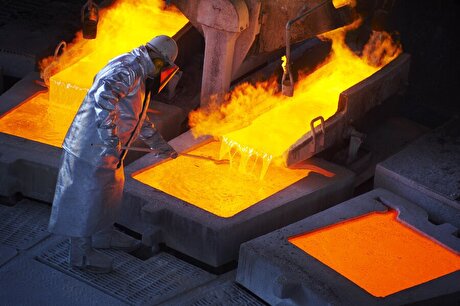
Spodumene supply surge sinks lithium prices

Free-on board prices of lithium carbonate from South American brine ponds are down 22% year to date to average $10,500 a tonne in July, according to battery supply chain authority Benchmark Mineral Intelligence data. Ex-works prices in China have collapsed from a peak of $24,750 in March last year to below South America export prices.
Lithium hydroxide prices followed carbonate down, but declines have been milder and hydroxide continues to trade at a premium at $13,875 free on board North America.
Last year, output at Australia’s hard rock mines for the first time exceeded lithium carbonate equivalent from brine producers after six new mines went into production within the space of just three years.
With a few advanced projects and at least four chemical conversion plants in the pipeline, the country is set to dominate primary lithium supply for the foreseeable future, but the expansion drive has resulted in a collapse in prices.
Producers in Australia now sell spodumene concentrate (6% lithium used as feedstock for lithium hydroxide) for $550–$620 a tonne, down by a third in 2019 and “trending towards the lower end of this range throughout the month” according to UK-based Benchmark:
There are concerns that average prices could fall below the $550/tonne level during Q3, which would put pressure on new operations that are still operating above target production costs.
Nevertheless, scale and processing improvements did see these costs fall in Q2 and this will likely continue over the coming months, providing scope for further decreases.
Despite long-term interest growing, short-term sentiment in the market remains negative and is likely to see lower sales volumes over the coming weeks.
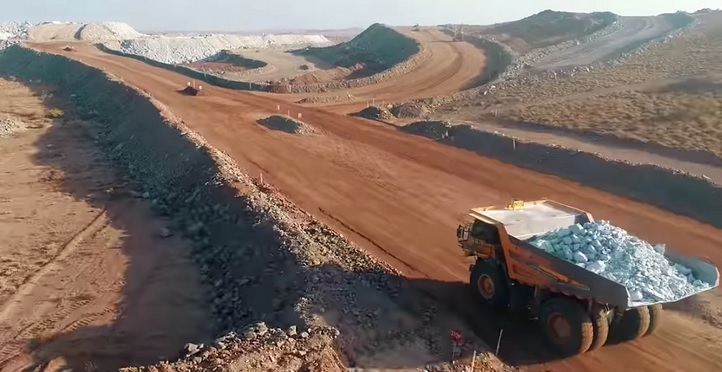


Trump weighs using $2 billion in CHIPS Act funding for critical minerals

Codelco cuts 2025 copper forecast after El Teniente mine collapse

Electra converts debt, launches $30M raise to jumpstart stalled cobalt refinery

Barrick’s Reko Diq in line for $410M ADB backing

Abcourt readies Sleeping Giant mill to pour first gold since 2014

Nevada army depot to serve as base for first US strategic minerals stockpile

SQM boosts lithium supply plans as prices flick higher

Viridis unveils 200Mt initial reserve for Brazil rare earth project
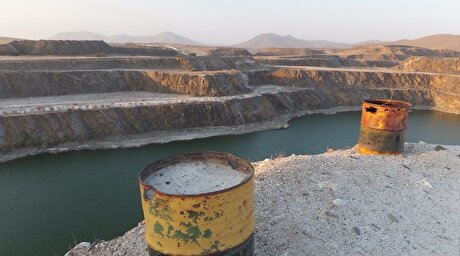
Tailings could meet much of US critical mineral demand – study
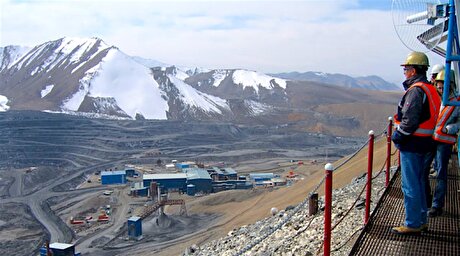
Kyrgyzstan kicks off underground gold mining at Kumtor
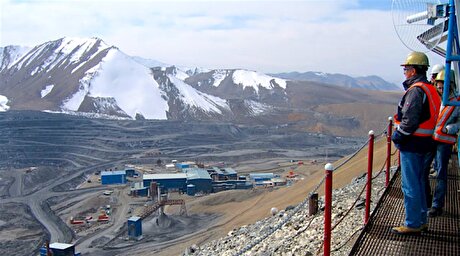
Kyrgyzstan kicks off underground gold mining at Kumtor
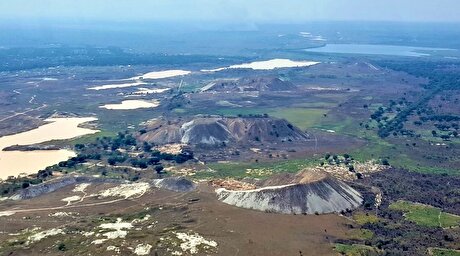
KoBold Metals granted lithium exploration rights in Congo
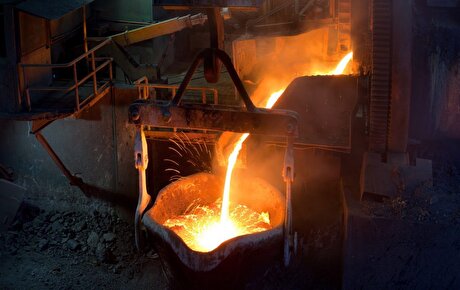
Freeport Indonesia to wrap up Gresik plant repairs by early September
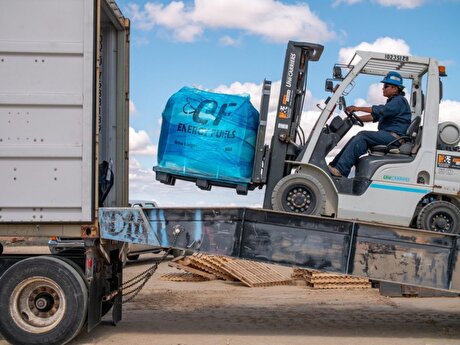
Energy Fuels soars on Vulcan Elements partnership
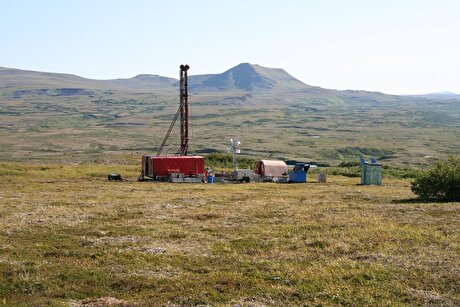
Northern Dynasty sticks to proposal in battle to lift Pebble mine veto

Giustra-backed mining firm teams up with informal miners in Colombia
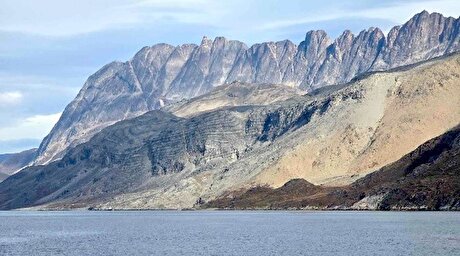
Critical Metals signs agreement to supply rare earth to US government-funded facility

China extends rare earth controls to imported material
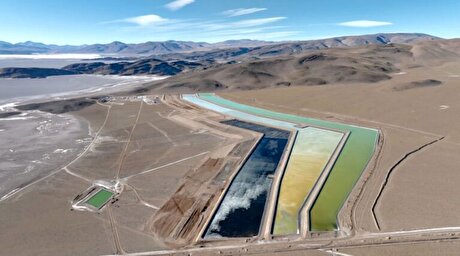
Galan Lithium proceeds with $13M financing for Argentina project

Kyrgyzstan kicks off underground gold mining at Kumtor

Freeport Indonesia to wrap up Gresik plant repairs by early September

Energy Fuels soars on Vulcan Elements partnership

Northern Dynasty sticks to proposal in battle to lift Pebble mine veto

Giustra-backed mining firm teams up with informal miners in Colombia

Critical Metals signs agreement to supply rare earth to US government-funded facility

China extends rare earth controls to imported material

Galan Lithium proceeds with $13M financing for Argentina project
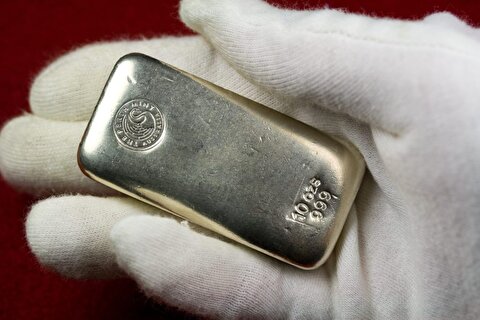
Silver price touches $39 as market weighs rate cut outlook

